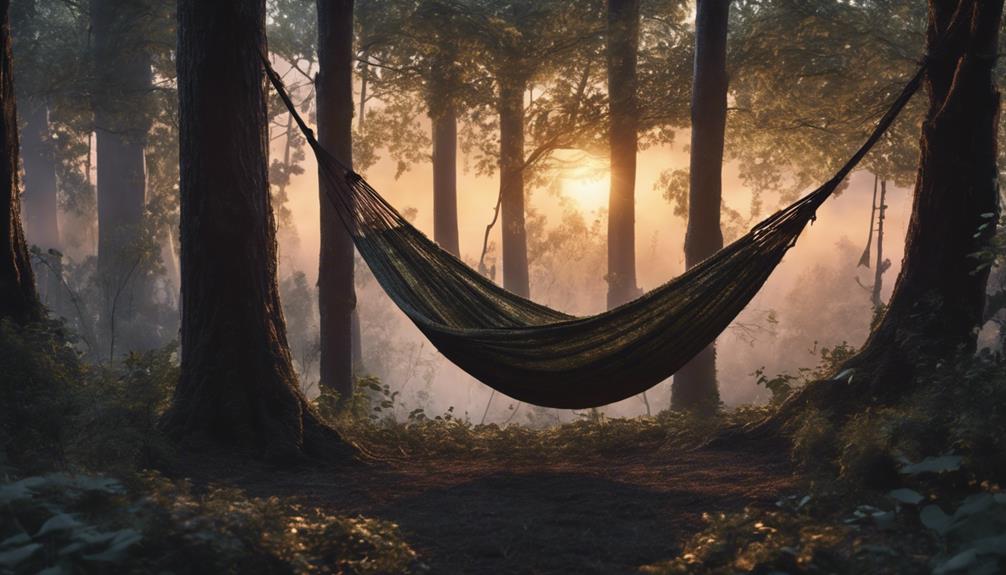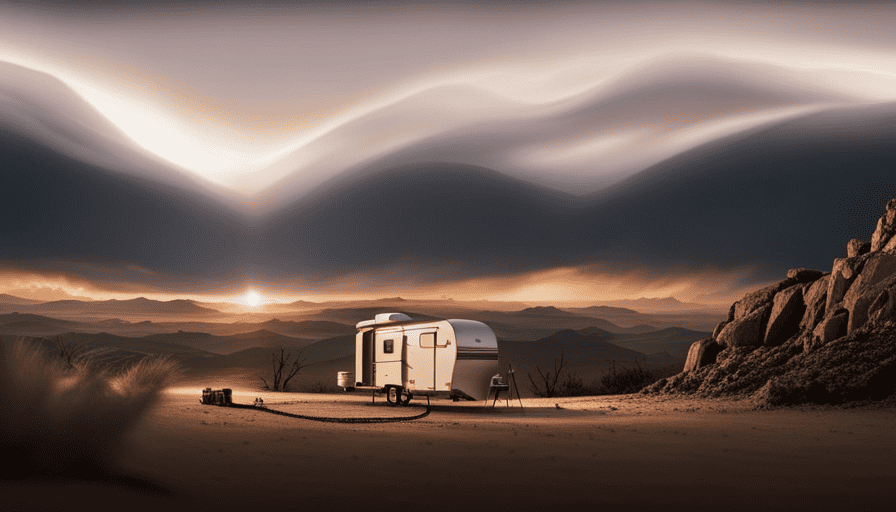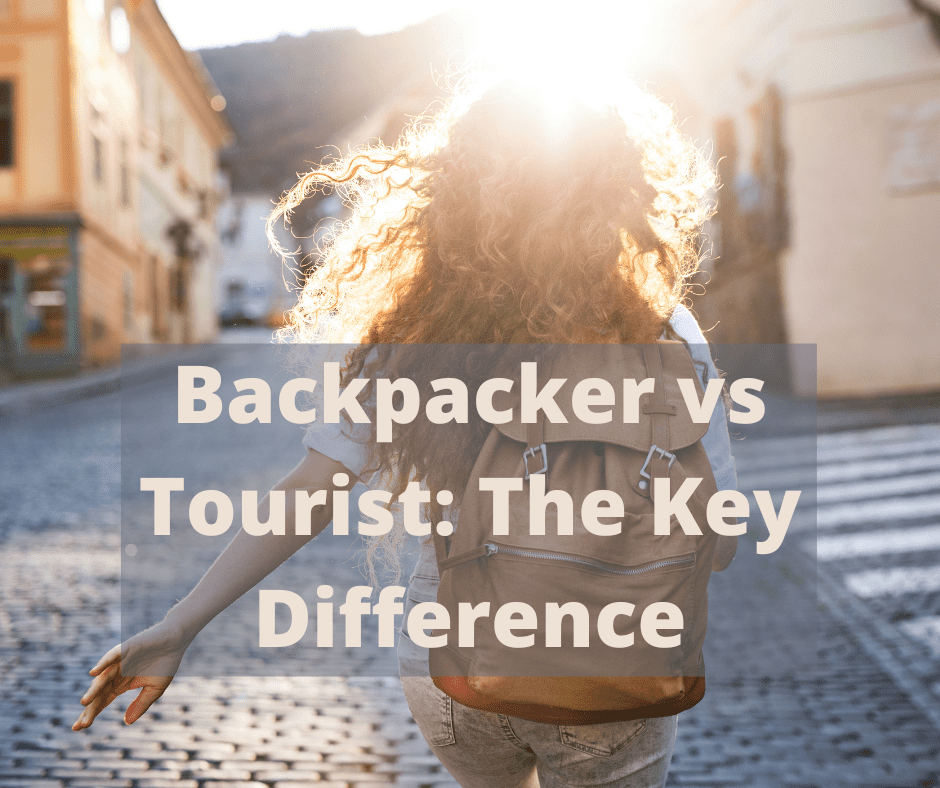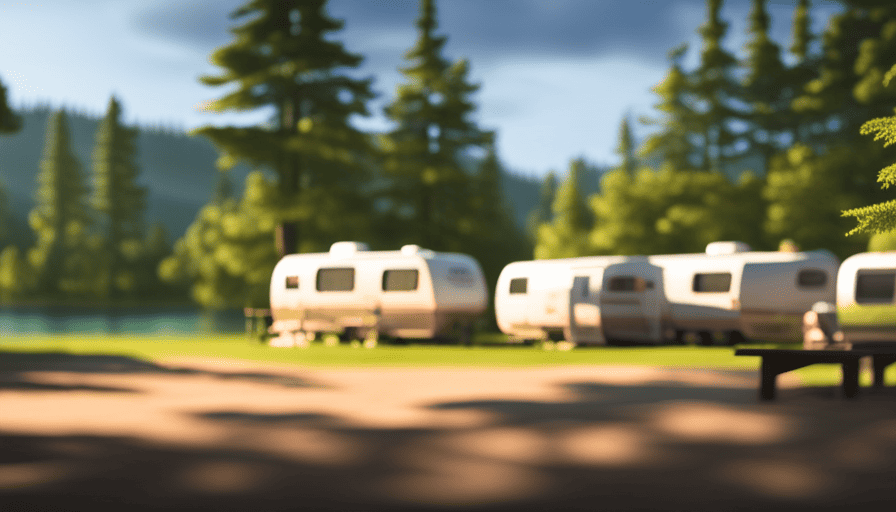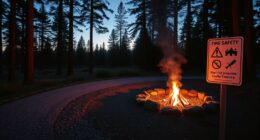A large portion of our educational system focuses on being in a classroom or laboratory setting, where learning takes place through textbooks, lectures, and hands-on experiences.
However, there’s a growing movement that believes learning happens beyond the classroom. This movement believes that experiential learning—learning through doing, exploring, thinking, and talking—is the most powerful kind.
More and more schools are creating outdoor classrooms, nature labs, and gardening programs as a result of this awareness. More than just physical spaces for education, outdoor learning environments emphasize connection to nature, sustainability, curiosity-driven learning, and collaborative conversation.
These environments can be created in any setting: inside or outside the school grounds; in a backyard garden or forest preserve; on a boat or river; or at an indoor water park or ice rink. The possibilities are endless!
But what makes an environment “outdoor” isn’t just the lack of walls—it’s the emphasis on connecting people with nature.
Implementing an outdoor classroom
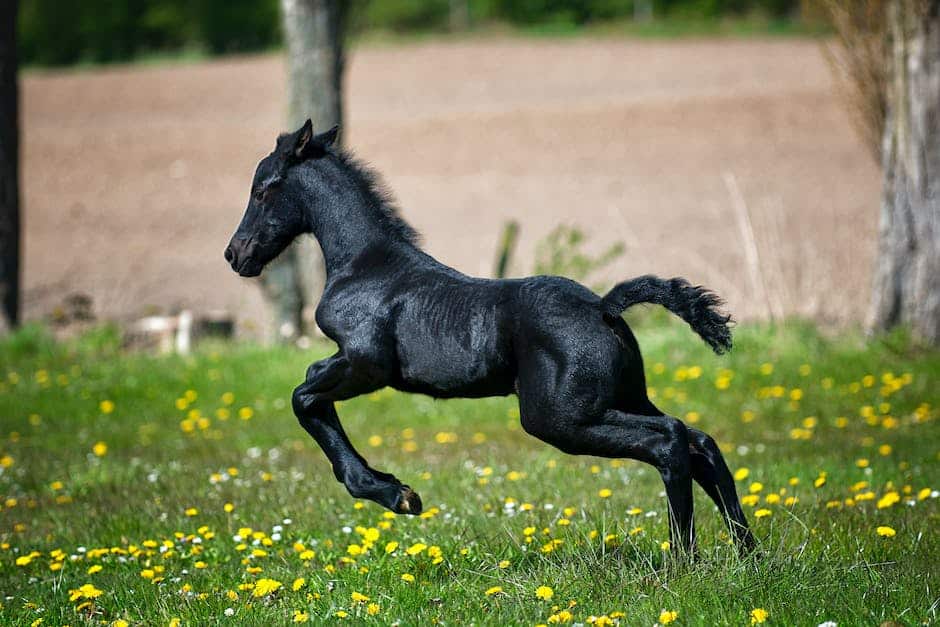
Now that you understand the importance of an outdoor learning environment, how do you go about creating one?
If you have access to a large outdoor space, such as a park or woodland, you can go out and explore it to find interesting features and habitats to study. You can also arrange for volunteers to come and help you manage the space- for example, they can help you weed the area or gather objects for studies.
If you do not have access to a large outdoor space, then your classroom can be expanded to include the surrounding area. You can also visit other areas for studies and exploration- perhaps even arranging with other teachers at the school to go on field trips.
Whatever area is chosen, it is important to check the weather often and make sure students are prepared for any situations that may occur.
Creating a nature area
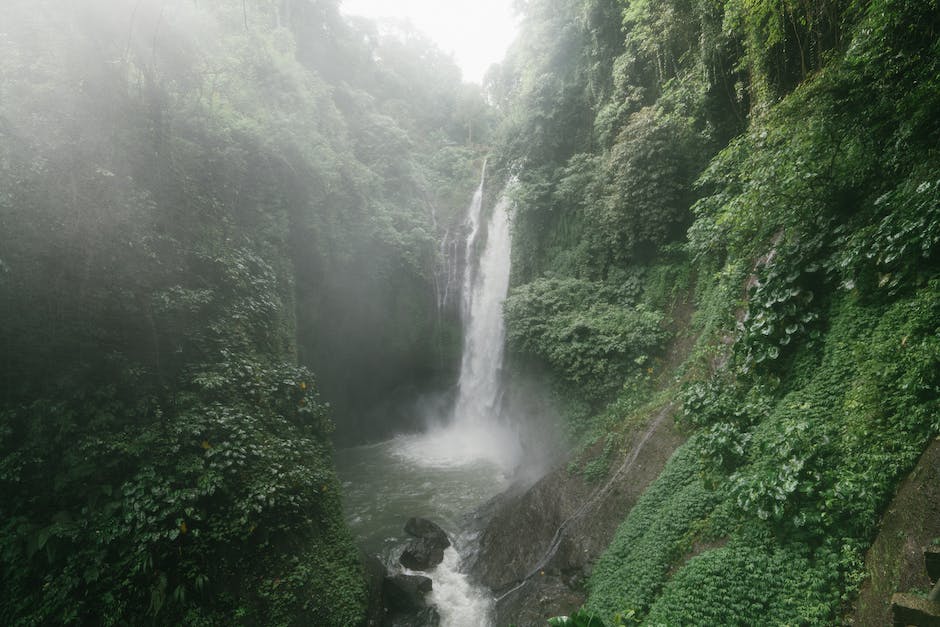
A great way to start off your outdoor learning environment is to create a nature area. A nature area is a designated space where children can play in the dirt, plant seeds and watch them grow, pick up litter they find on the ground, and explore the surrounding areas.
There are many ways to create a nature area. You can plant grasses and plants in your backyard or school yard where children can play in the soil and explore. You can also create a compost pile where children can monitor the progress of plants as they grow.
Children can also pick their own plant seeds at local plant stores or garden centers, then plant them in containers or on the ground to grow their own nature area.
These are all things that children can do independently, but they provide an opportunity for learning. Children can learn about ecosystems, how to care for plants, and how to be independent by using these resources.
Encouraging students to explore

Students should be encouraged to explore the outdoors as much as possible. This can be done by setting up hikes through the school’s nature sanctuary, leading them on field trips to local parks, or having them help with wildlife rehabilitations.
Schools with their own nature sanctuaries have the opportunity to set up student patrols where students monitor the sanctuary and make notes on what they observe.
Field trips to parks offer students the opportunity to learn about environmental issues through observation. They can also take pictures and use them for class projects or lessons.
Helping with wildlife rehabilitations allows students to get hands-on experience with animals while also educating them about conservation.
All of these opportunities encourage outdoor learning and expose students to what is happening in the environment around them.
Provide visual cues
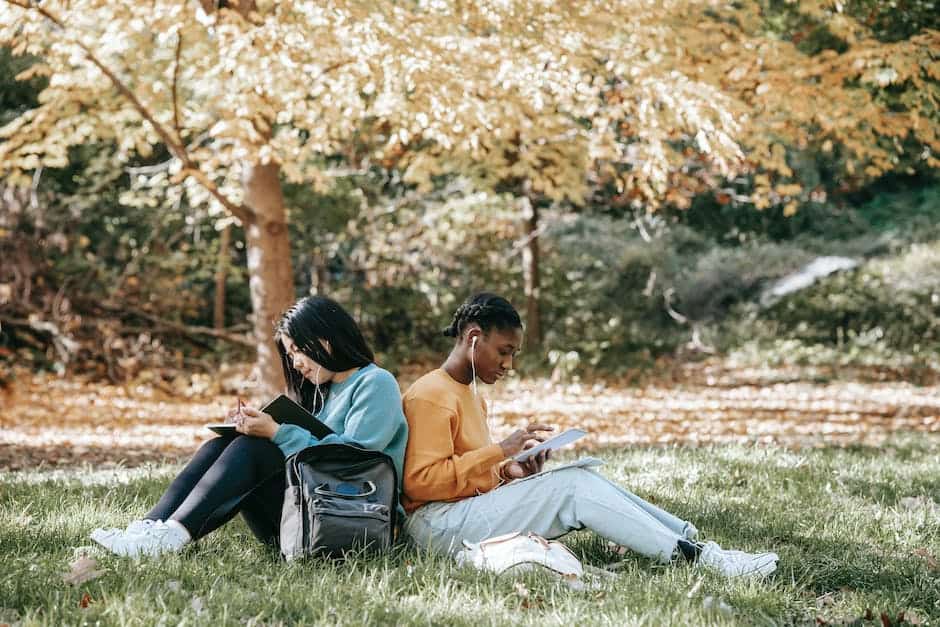
When you’re navigating a new environment, you need visual cues to let you know where you are and where you’re going.
These cues can be other people, landmarks, signs, or your own familiarity with the territory. When you’re exploring an outdoor learning environment, your students need all of these cues.
In a classroom, students have signs like times tables or vocabulary lists to remind them what they need to know and where they are. They have other students to help them find their way as well as teachers who give them clues on how to get somewhere. And most importantly, they have experience in the classroom – knowledge of what they’re supposed to learn and how to get there.
In an outdoor learning environment, your students need all of these elements in order to navigate effectively. Giving your students opportunities to learn their territory will help them feel more confident and comfortable when they are outside.
Use of natural materials
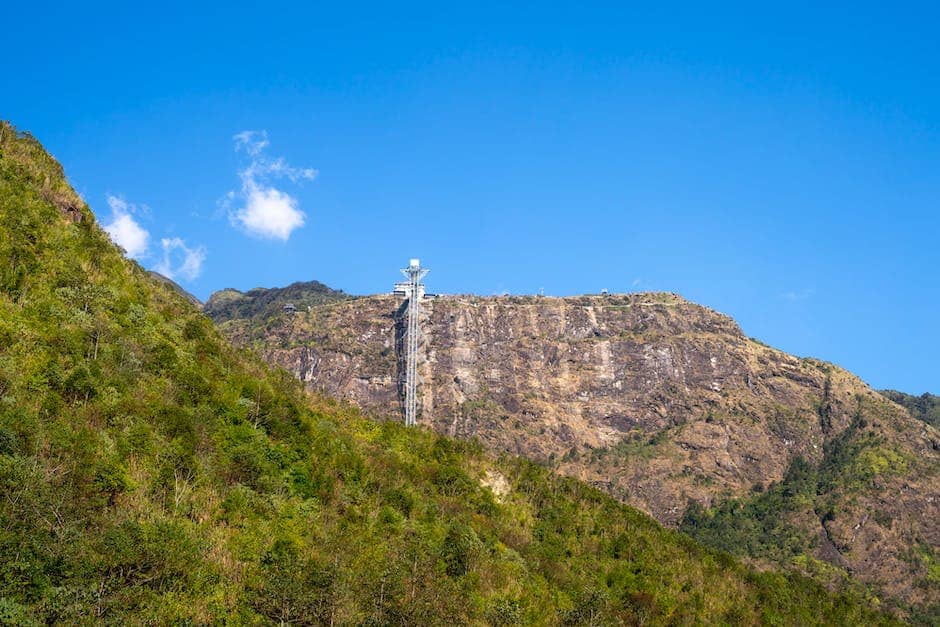
A significant part of creating an outdoor learning environment is collecting and using natural materials. These materials can be found in your local area, at a local grower, or at a nature store.
Nature stores typically have lots of resources for those who want to increase their awareness of the natural world and its resources. Many offer discounts if you show your NatureConnect card while purchasing something from them.
Some examples of natural materials you could use are: clay, wooden blocks, moss, tree branches, pinecones, and seeds. These can be used in many ways depending on the activity being done.
For instance, clay can be used to make figurines or can be baked in the oven to make hardened pieces. Tree branches can be used as paint brushes or skewer handles when making art or cooking projects.
Moss can be used for decoration or ground covering when doing activities on the ground.
Nature scavenger hunt
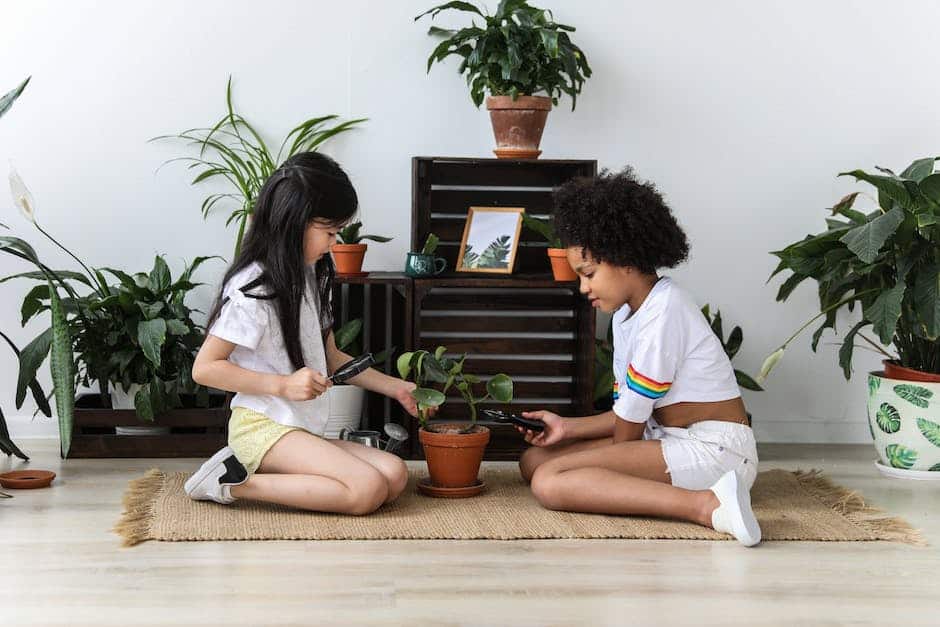
A nature scavenger hunt is a fun way to explore the outdoors and learn at the same time. You can make your hunt as difficult or easy as you would like.
To make it simple, include things like trees, bushes, grasses, and stones. For a more challenging hunt, include animals, structures (like buildings or monuments), and water sources as clues.
This is a great activity to do with kids. Let them be as creative as they want with what they find for clues. It will also help develop their imagination and creativity which is an important skill for children.
You can create your own scavenger hunt list or get inspiration from online resources.
Observe and document nature patterns
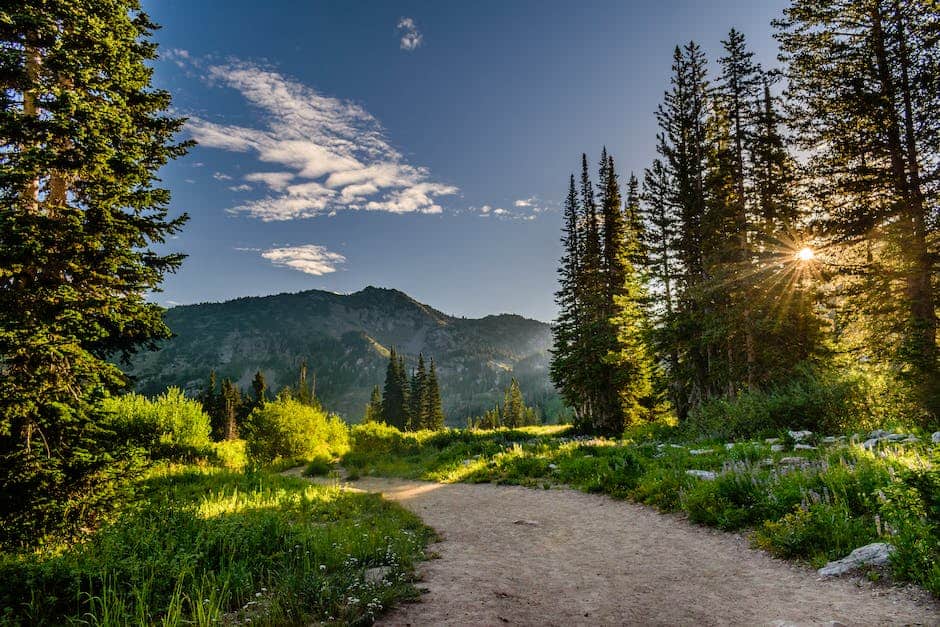
Once you’ve learned the basics of nature exploration, you can begin to observe and document the patterns of nature.
What times of day do certain things happen? How does this area respond to sunrise and sunset? When is the best time of year to see certain phenomena?
These questions can help you learn about the area and what makes it unique. For instance, if you live in a temperate climate, learning about the seasonal changes will add to your understanding of the environment.
How does this area respond to human interaction? Does it seem healthy or unhealthy for life? What can we do to help support its health? These are questions you can ask about the environment, and they will be answered over time.
Studying and documenting environmental health is a valuable skill that can be learned and practiced. Not only does this increase awareness of the environment, but it also helps discover how to improve health in the area.
Create trails for walking meditation

A trail can be created anywhere. You can make trails in your own backyard, at the park, or even on a sandy beach.
As you walk, pay attention to the texture of the trail under your feet and the sounds that you hear as you walk. Notice how quickly you cover distance and how quickly you get to your destination.
All of these things can be noticed without rushing. By doing this, you are paying attention to your surroundings and yourself.
A trail can be defined as a usually narrow path that leads to a destination or activity. You can literally create a path where there is none and lead others to your destination or activity.
You can also teach others how to create paths and lead them to their destination or activity. Either way, they will learn valuable lessons that will help them in their own journeys.


